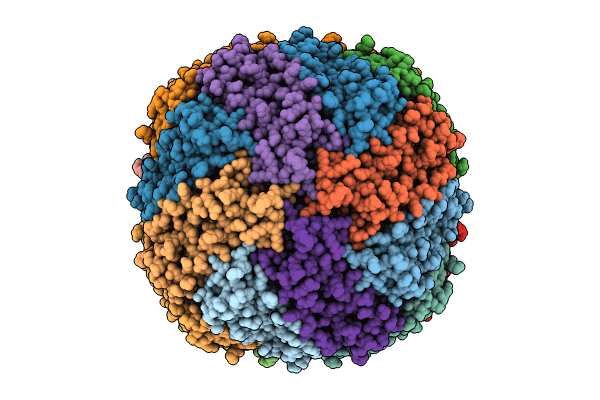
Deposition Date
2024-01-17
Release Date
2024-03-13
Last Version Date
2024-10-02
Entry Detail
PDB ID:
8RQB
Keywords:
Title:
Cryo-EM structure of mouse heavy-chain apoferritin
Biological Source:
Source Organism:
Mus musculus (Taxon ID: 10090)
Host Organism:
Method Details:
Experimental Method:
Resolution:
1.09 Å
Aggregation State:
PARTICLE
Reconstruction Method:
SINGLE PARTICLE


